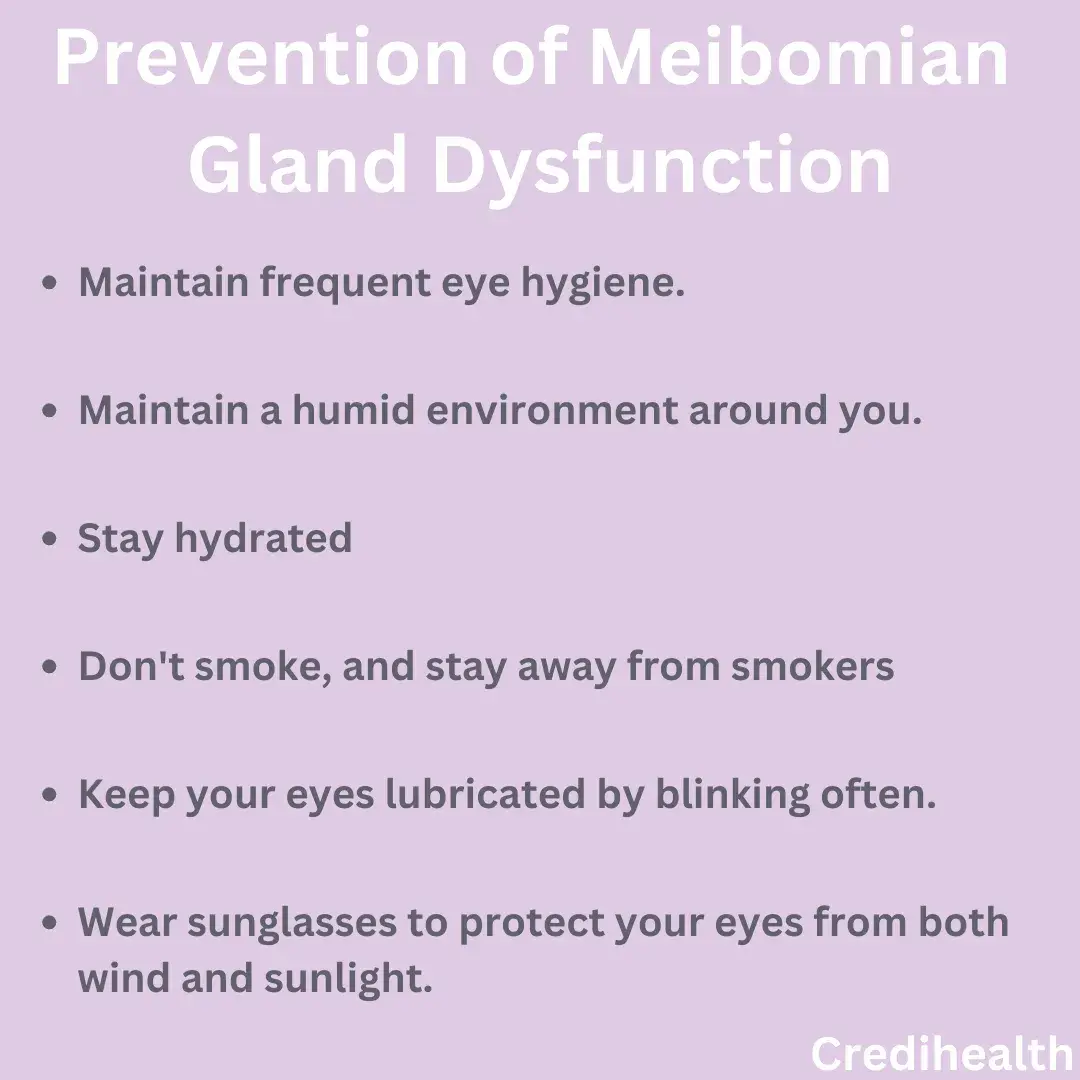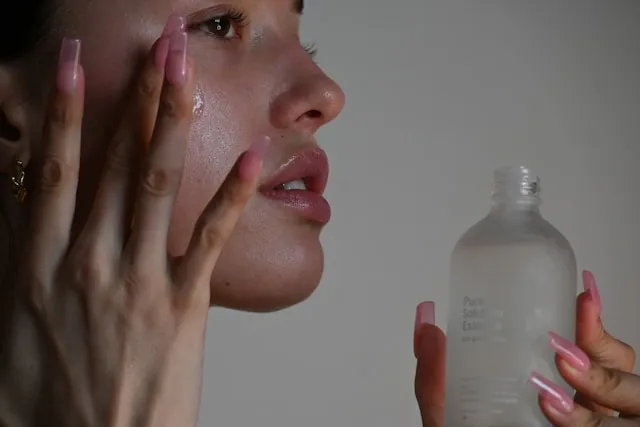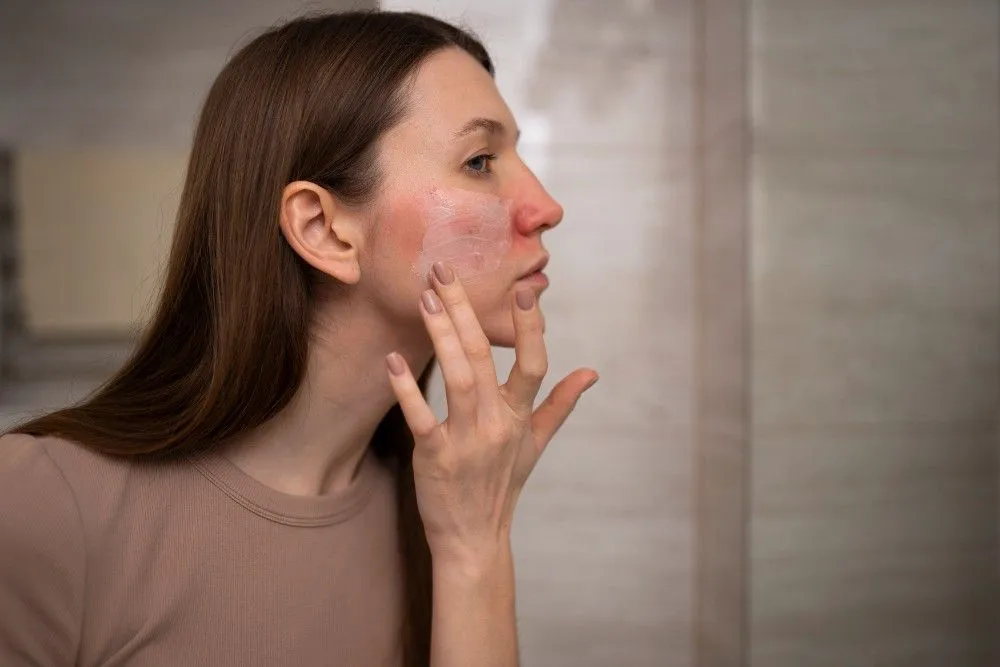Retin-A enhances the look of the skin by minimizing fine lines and wrinkles, lowering acne-related inflammation, and exfoliating the skin to promote cell turnover. It can also help with skin texture, tone, and hyperpigmentation concerns. Retin-A, available as a gel, cream, or liquid, is part of a class of vitamin A-derived drugs known as topical retinoids. It works by triggering a mechanism that improves the rate of skin cell synthesis, hence reducing pore blockage. In addition to brand-name Retin-A medications, low-cost generics known as tretinoin topical are available. In this article, we will look into what Retin-A is, how it can transform your skin and some important things to consider before indulging Retin-A in your skincare routine. Continue reading to know more.
What is Retin-A?
Retin-A is the brand name for tretinoin or all-trans retinoic acid, a drug or medicine form of acidic vitamin A." It was initially used to treat severe acne, but it was subsequently shown to be an excellent treatment for wrinkles and aging skin. Retin-A irritates the skin on purpose, decreasing the lifespan of skin cells so that fresh skin cells may take their place, showing younger skin: Retin-A penetrates the outside keratinocytes of the epidermis, generating a response that removes dead superficial cells on the surface, boosting blood flow in the skin and, as a result, increasing the pace of new epidermis cell reproduction and collagen organization in the dermis.
How can Retin-A transform your skin?

1. Wrinkles and fine lines
Retin A reduces the look of wrinkles and fine lines by boosting the synthesis of collagen, a protein that gives your skin a soft support network. After age 203, collagen synthesis decreases by around 1% every year, adding to skin aging. After 10 to 12 months of nightly usage, one research found that tretinoin increased collagen in skin cells by up to 80%.
2. Uneven skin tone
Tretinoin disperses melanin granules, which evens out skin pigmentation. Melanin is an organic pigment that makes up the color of skin, hair, and eyes. When overproduced, it results in flat brown spots or skin regions darker than your normal complexion. Uneven skin tone, or hyperpigmentation, can be caused by sun exposure, aging, hormonal changes, drugs, skin injury (such as burns), and acne scars or cuts. Tretinoin was beneficial in correcting uneven skin tone with modest overall lightening in one clinical investigation with Black participants. A test with Chinese and Japanese individuals was likewise successful. Research demonstrating tretinoin's efficacy in white individuals also found long-term effects: dark spots had not reappeared six months after quitting treatment.
3. Large pores
Enlarged face pores occur when oil, debris, and dead skin cells accumulate in pores, causing them to seem bigger. Tretinoin reduces the appearance of pores by stimulating cell turnover and exfoliation; this clears debris from the pores and helps them to shrink back to their original size.
4. Rough skin
If dead skin cells remain on the skin, they can cause it to feel dry and scratchy. Tretinoin is a mild chemical exfoliator, smoothing skin by removing dead skin cells from pores. It also increases glycosaminoglycan (GAG), a chemical necessary for skin hydration, firmness, and suppleness. As a result, the skin appears and feels smoother after using it for 4 months.
5. Acne
Acne is classified into two types: inflammatory and noninflammatory. Retin-A can assist with both types, but your dermatologist may prescribe a multi-solution regimen based on your specific situation. Noninflammatory acne, commonly known as comedonal acne, includes blackheads and whiteheads. When dead skin cells become caught in the pores, they obstruct the normal flow of sebum out of the skin, resulting in a buildup. Clogged pores likewise cause inflammatory acne, but bacteria, sebum, and dead skin cells become trapped in the pores. This might result in painful pimples that are red and inflamed. This aids in treating both types of acne by gently removing the accumulation in the pores. Furthermore, it makes the area less inviting for acne-causing bacteria. With quicker cell turnover and exfoliation, using tretinoin as part of your normal skincare routine will help keep acne at bay.
Are there any side effects of Retin-A?
Remember that tretinoin will most likely irritate your skin when you first start taking it. It is common to experience mild to severe redness, dryness, peeling, and irritation during the first several weeks of using it. As your skin responds to the drug, these adverse effects should diminish. Stop taking tretinoin and consult your doctor if the discomfort does not resolve following a few weeks or if you develop:
- continuous or deteriorating irritation
- blistering, crusting, swelling, and extreme redness
- a brief alteration in skin pigmentation
What are some important steps before using Retin A?
Begin with a low concentration.
While retin A is a potent chemical that may provide apparent benefits in months, it can also cause side effects such as dry skin and rashes. Make sure you've first consulted with your dermatologist. Begin with a very low concentration, such as 0.2% or 0.3%, test it on your skin, and then gradually increase the strength: Begin by applying it simply twice a week or every other day to observe how it responds to your skin.
Begin by using retinol at night.
Because of their intensity, retinol creams might make the skin more sun sensitive. Only you can use it at night. Make sure to finish your morning skincare regimen with a face wash, moisturizer, and sunscreen are must.
The method of application
For optimum absorption, skin experts usually recommend applying actives to wet skin. However, this is different with RetinA. While cleaning your face before applying makeup, ensure your skin is dry first. When applied to moist skin, retinol absorbs more deeply and causes discomfort. A modest quantity (about the size of a pea) should be sufficient.
Do not combine with other active ingredients.
Retinol products should never be mixed with acids like AHA/BHA or exfoliating agents and scrubs. This would increase retinol absorption and could result in irritated or sensitive skin. A moisturizer is the greatest item when combined with retinol since it moisturizes the skin while lowering the chance of irritation.
Conclusion
Retin-A also makes your skin look flawless, removing blackheads and allowing the plugs to slide to the surface. Much of this reduces the creation of comedones, which are the root cause of all pimples. Retin-A also exfoliates the skin. It helps the skin's texture and helps big pores appear smaller. It improves the look of fine lines and wrinkles, the condition of sun-damaged skin, skin texture and tone, and the look of dark spots. However, skin dryness, peeling, and transient deepening or lightening of the skin may occur. Breakouts may sometimes intensify briefly before the skin begins to clear. Before using Retin A, always ask your doctor about it.

Reviewed by







